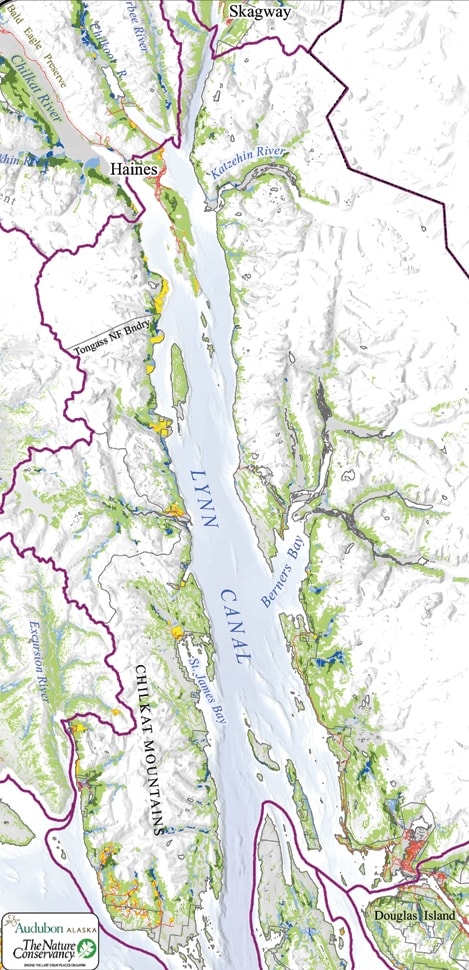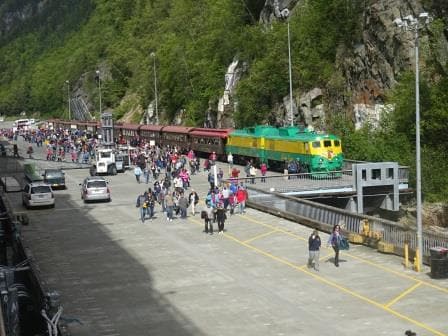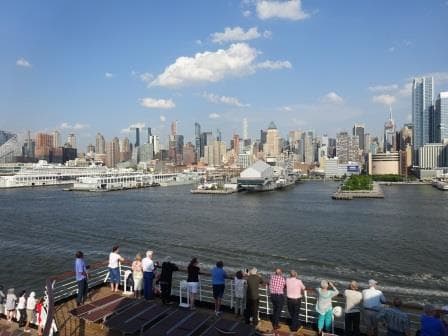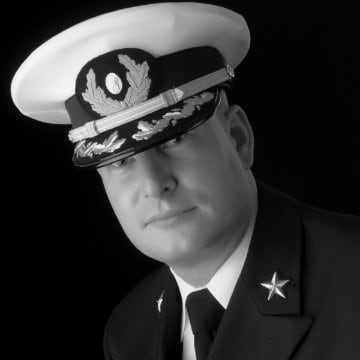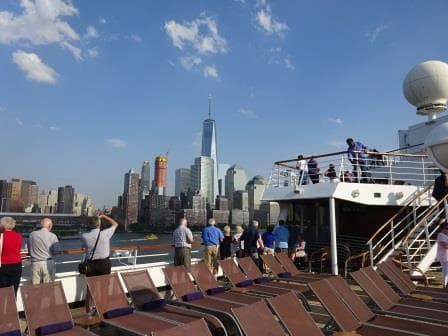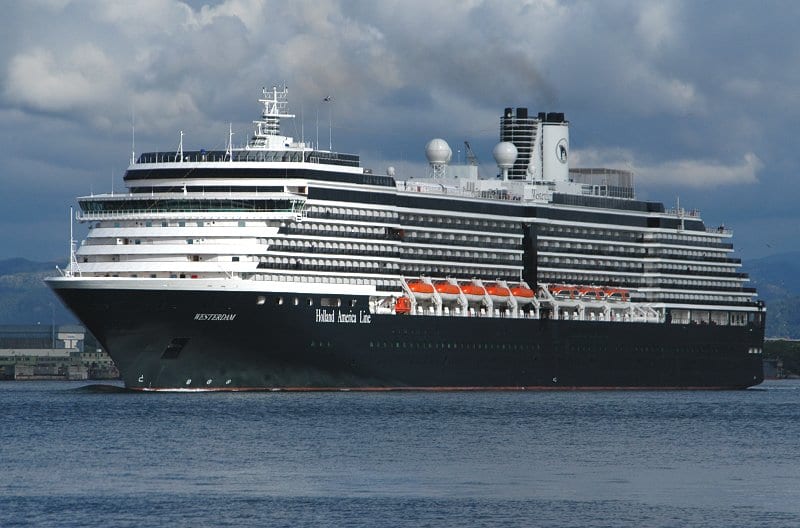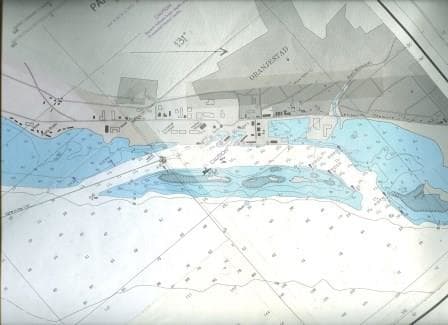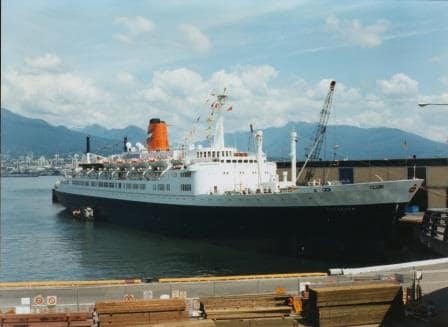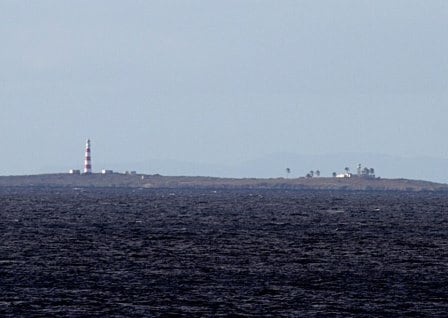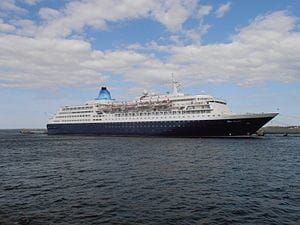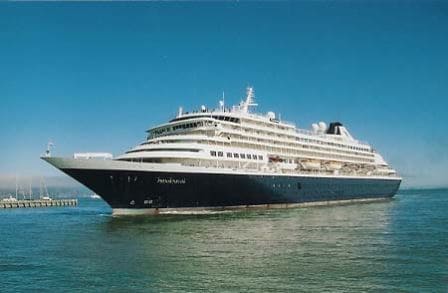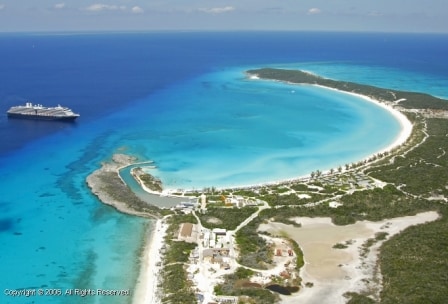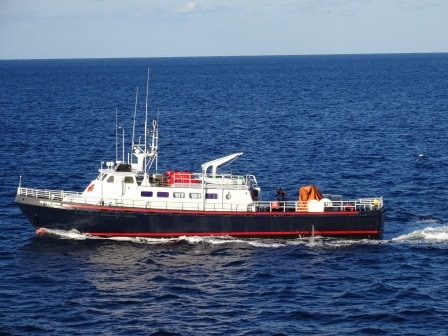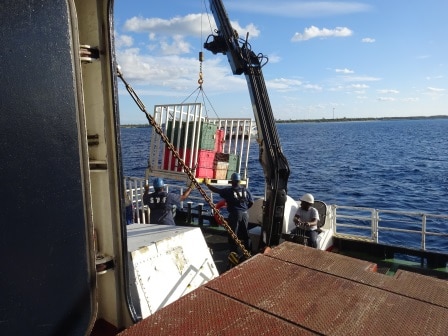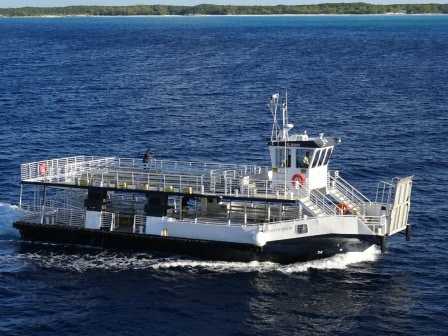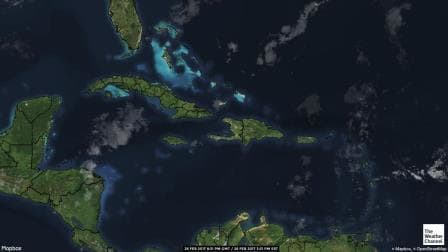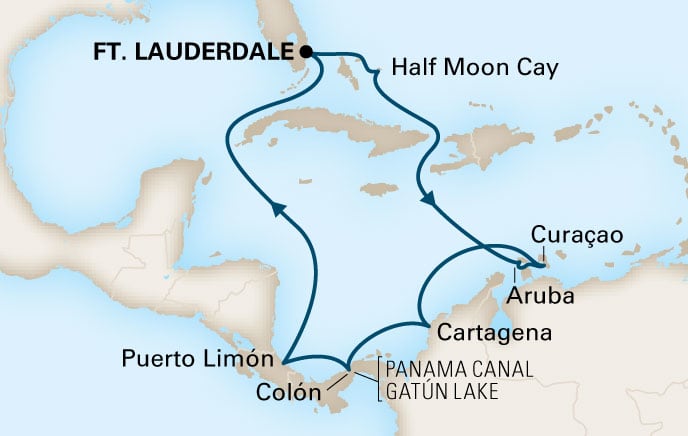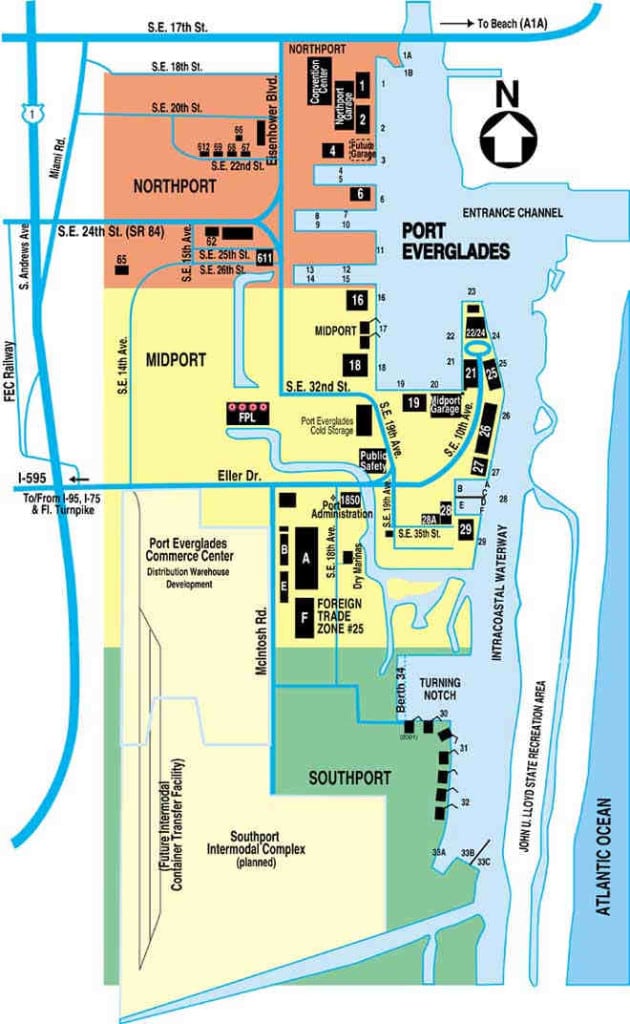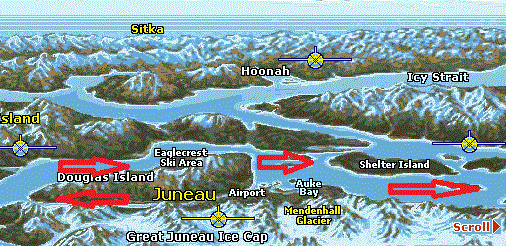
You have to sail around Admirality Island to get to Lynn Canal. (Map courtesy, Alaska E commerce on Line)
If there was a channel or fairway between Juneau and Skagway, we could cover the distance between the two ports in a few hours. However there is a big mountain range in between which means we have to sail in a big curve around it. First retracing our steps by sailing out of Gastineau channel again, the only way in to Juneau, and then sailing up and into Lynn Canal. We will have to repeat that sort of maneuver again when we leave Skagway as Glacier Bay is also “just on the side of the mountain” but we have to sail all the way south out of the Lynn Canal and then go north again.
The name is Lynn Canal but it is not a canal at all. There are no locks nor is there any landscaping on the side of the water way which would suggest any human influence. So the “canal” connection mainly comes from the fact that is looks almost like a canal as its width does not vary that much. It is basically very straight with only a small bump in the middle, just north of the borough of Haines, half way up. Thus the proper name would be Lynn Fjord. It is also the deepest fjord in North America, going down to more than 600 meters in depth at places. In Norway there are fjords which are deeper but then the Norwegians invented them so that sort of makes sense.
Lynn Canal is named after King’s Lynn in Norfolk England. This is a nice old town and located about a 45 minute’s drive from where my apartment is. That is 45 minutes if there is no “Farmer John” on the road. Otherwise it might take two hours, as Norfolk roads are not very wide and also not very straight. The first – non native – man who explored and surveyed Lynn Canal was Joseph Whidbey, who served with George Vancouver, and who came from Kings Lynn. He would also still recognize the roads on which we drive to King’s Lynn.
At the very end of Lynn Canal the town of Skagway is located. Home to about 400 inhabitants in the winter and about 1200 in the summer; when an army of shop attendants descend on the town and occupy a sort of camping in the valley behind the town. Skagway is mainly the result of the Klondike Gold Rush and then its existence continued with ore export coming down from Canada. There is still an ore dock and on occasion a bulk carrier will call in, but now the main source of income is tourism. Skagway is handy as it fits nicely into almost any cruise schedule. You can reach Juneau, Sitka and Glacier Bay from here in one night sailing and even Ketchikan if you plan in a late morning arrival.
For that tourism, we are there to help. And the cruise industry does indeed help; to the extent that all the docks were full today. We had the Noordam on Rail Road dock fwd. The Emerald Princess on Rail Road dock aft, the Grand Princess on the Broadway dock, the Disney Wonder on the ore dock and the very tiny American Spirit (sister to the American Independence , see my blogs about Bar Harbor) at the right side of the ferry dock. In late afternoon the Alaskan Marine Highway Ferry called in as well and thus all docks were full. Roughly 11,000 guests were ambling about or going with the train up and down the White Pass. History galore as many a gold prospector died while trying to go through this pass on the way to the Yukon to strike it rich. Now these prospectors have been replaced by shop keepers and they do seem to strike it rich.
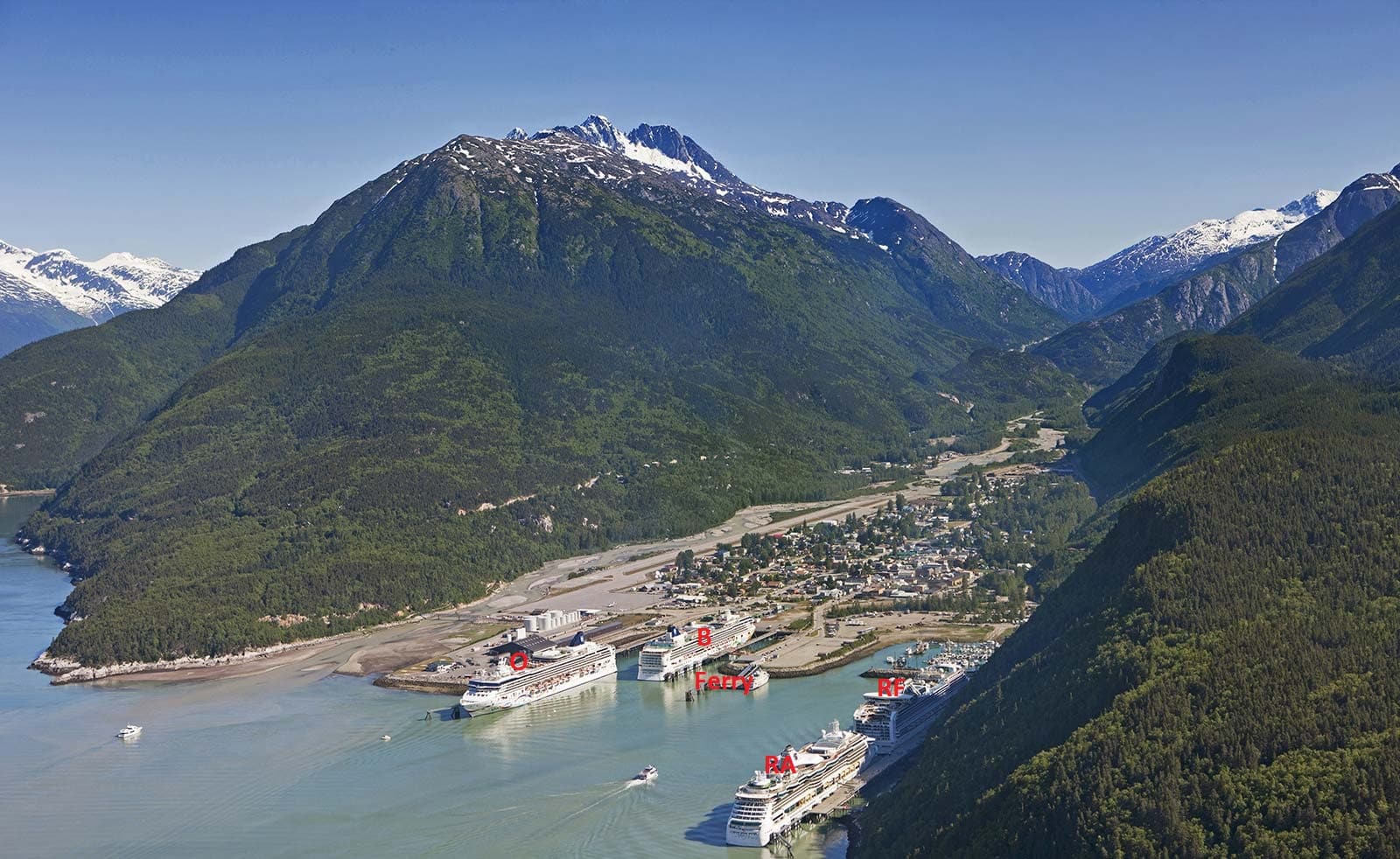
Stock photo of Skagway Docks O = Ore dock, N = Broadway dock, Ferry = left side ferry side, right small cruise ship side, RF and RA = Railroad forward and aft.
The Noordam was docked at the Rail road dock, which is handy as the guests can walk straight off the ship and onto the train. Also the town is not so far from here although then it is a little bit easier to be at the Broadway dock for that purpose. We stayed here until 21.00 hrs. partly to give guests the options to enjoy the excursions or to walk around the town. Glacier Bay is just next door and the only thing we have to do for that is to sail back down Lynn Canal again. We will be there by tomorrow morning 07.00 hrs. During the day the sun came out and the temperature at once jumped up to the low sixties. We are expecting a similar day tomorrow.
